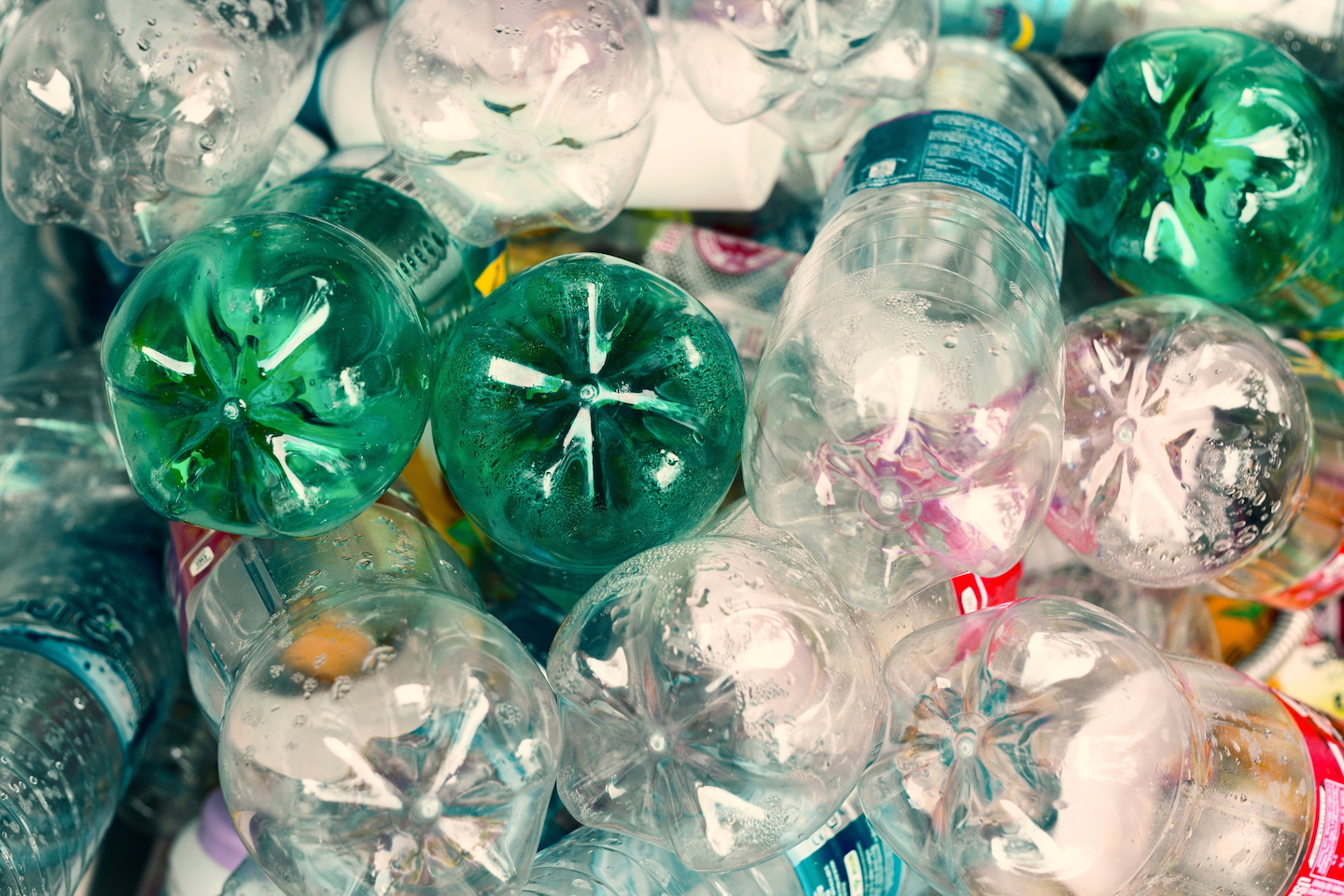
New “green” plastic can be made from renewable sources
Plastics are often derived from petroleum, which contributes to harmful greenhouse gas emissions. But now, experts at the Great Lakes Bioenergy Research Center have developed a much more environmentally friendly method of making plastic from biomass.
Furandicarboxylic acid (FDCA) is a chemical needed to make a renewable plastic called polyethylene furanoate (PEF). The research team has developed an economical and high-yielding process of producing FDCA from a plant-derived solvent called gamma-Valerolactone (GVL).
This means that PEF could become a bio-based substitute for polyethylene terephthalate (PET), which is derived from petroleum and has a market demand of 1.5 billion tons per year.
Coca-Cola, Ford Motors, H.J. Heinz, Nike, and Procter & Gamble have all committed to developing a sustainably sourced, 100 percent plant-based PET for their products and packaging. In the past, however, the potential of PEF to fill this role has been limited by the high cost of producing FDCA.
“Until now, FDCA has had a very low solubility in practically any solvent you make it in,” said study co-author Ali Hussain Motagamwala. “You have to use a lot of solvent to get a small amount of FDCA, and you end up with high separation costs and undesirable waste products.”
The new process developed by the team begins with fructose, which is converted into FDCA using a two-step process. The end result is a high yield of FDCA.
“Using the GVL solvent solves most of the problems with the production of FDCA,” said Motagamwala. “Sugars and FDCA are both highly soluble in this solvent, you get high yields, and you can easily separate and recycle the solvent.”
The system does not require expensive mineral acids for catalysis and also does not produce waste salts. Furthermore, the FDCA crystals can be easily separated from the solvent by using a simple cooling process.
“We think this is the streamlined and inexpensive approach to making FDCA that many people in the plastics industry have been waiting for,” said lead author James Dumesic. “Our hope is that this research opens the door even further to cost-competitive renewable plastics.”
The Wisconsin Alumni Research Foundation is now working to license the team’s GVL technology for use in bioplastics production. The study is published in the journal Science Advances.
—
By Chrissy Sexton, Earth.com Staff Writer
Image Credit: UW-Madison image by Ali Hussain Motagamwala and James Runde












